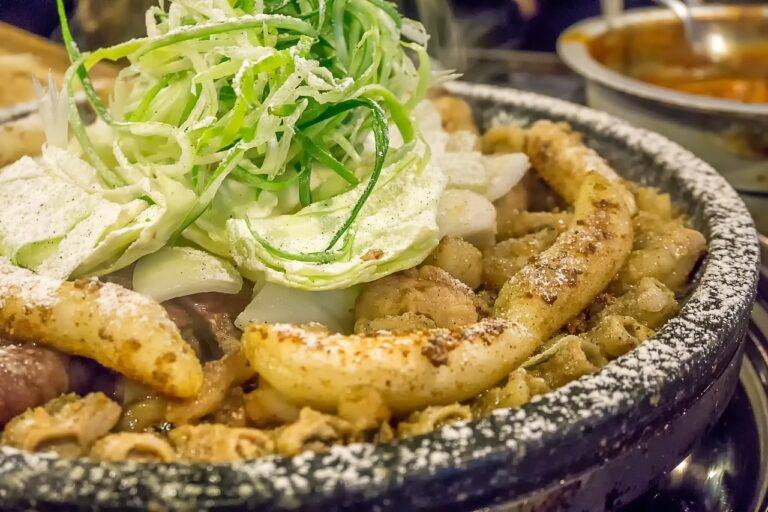Unveiling the Secrets of Artisanal Cheese Making
Artisanal cheese making has a rich and diverse history that spans centuries. The practice of crafting cheese by hand dates back to ancient times when nomadic tribes first began domesticating animals for milk production. Over the years, this traditional method of cheese making has evolved and been refined by different cultures around the world.
In medieval Europe, monks played a significant role in the development of artisanal cheese making techniques. Monasteries became centers of cheese production, with monks experimenting and perfecting the craft. As the popularity of cheese spread, different regions began to specialize in their own unique varieties, each with its distinctive flavors and characteristics. Today, artisanal cheese making continues to thrive as a beloved culinary tradition, with cheese makers worldwide honoring the age-old techniques passed down through generations.
Different Types of Milk Used in Artisanal Cheese Making
When it comes to artisanal cheese making, the type of milk used plays a crucial role in determining the flavor, texture, and aroma of the final product. Cow’s milk is the most commonly used milk in cheese making due to its abundant supply and consistent composition. It is known for producing a creamy and mild flavor cheese like brie or gouda.
On the other hand, goat’s milk is another popular choice among artisanal cheese makers. It lends a distinct tangy flavor and can range from mild and soft cheeses to sharp and pungent varieties like chevre or feta. Sheep’s milk, although less common, is prized for its high fat content, resulting in rich and flavorful cheeses such as pecorino or Roquefort. Each type of milk brings its unique characteristics to the cheese-making process, contributing to the diverse and exquisite range of artisanal cheeses available in the market.
The Role of Bacteria and Cultures in Cheese Making
To create delicious artisanal cheeses, a crucial element in the process is the introduction of specific strains of bacteria and cultures. These microbes play a vital role in transforming milk into cheese by aiding in the fermentation and acidification of the cheese curds. Each type of cheese requires a particular combination of bacteria and cultures to develop its unique flavor profile and texture.
Bacteria such as Lactococcus, Lactobacillus, and Streptococcus are commonly used in cheese making to help convert lactose into lactic acid, which contributes to the tangy taste of the final product. Additionally, other cultures like Penicillium mold are used in blue cheeses to create characteristic blue veins throughout the cheese. The careful selection and management of these bacteria and cultures are essential to the success of producing high-quality artisanal cheeses.





